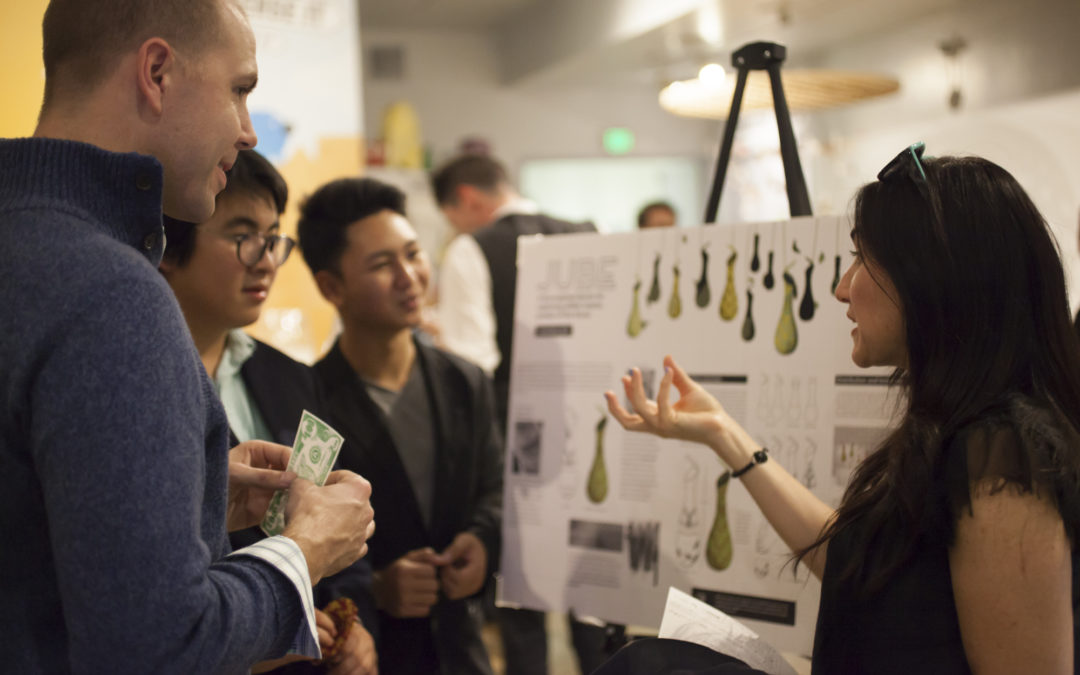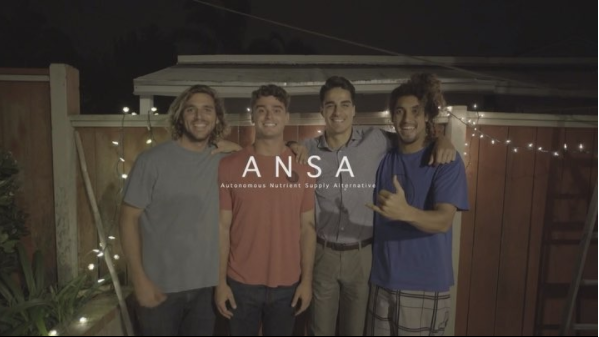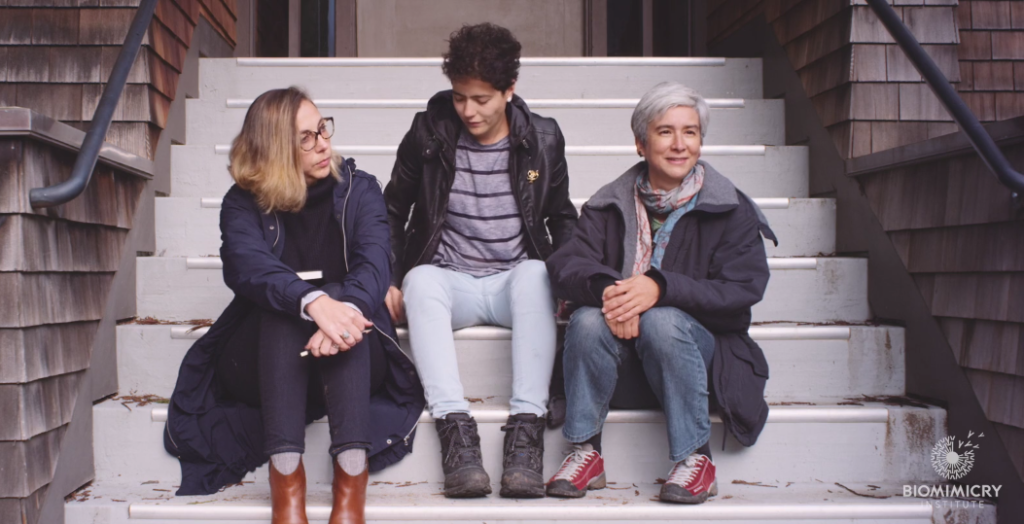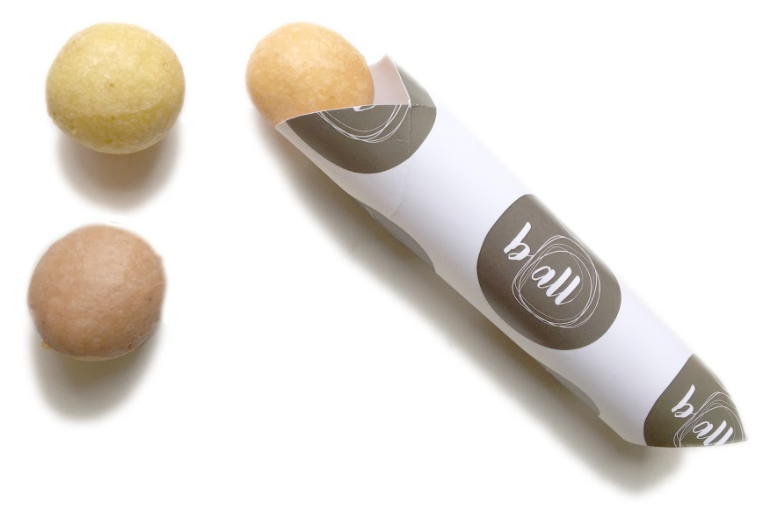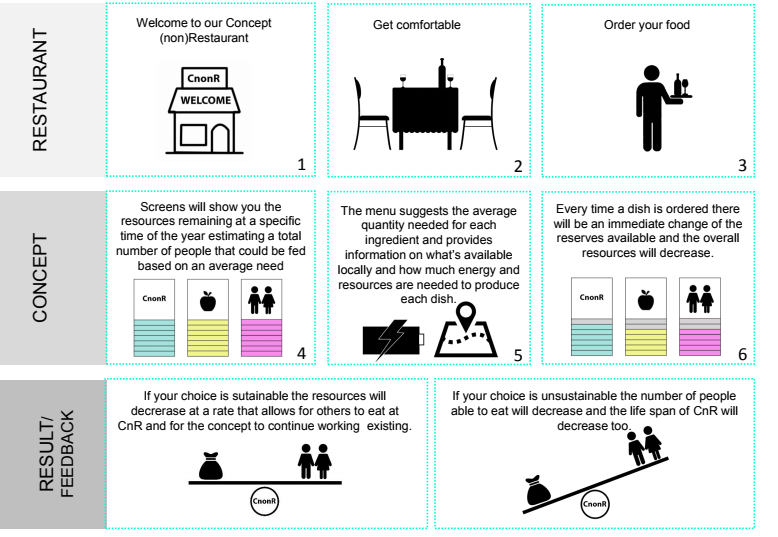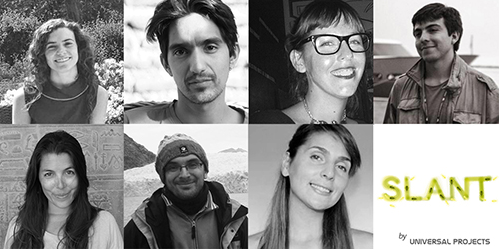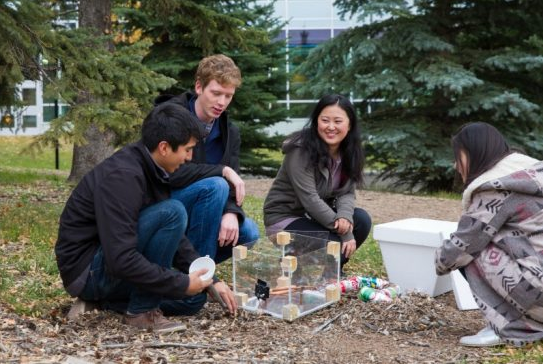The path from farm to fork is fraught with issues. From how we grow our food, to how it’s packaged and stored, how we choose where and what to eat, to what happens to our food waste, there are a lot of problems to be solved.
One thing that we at the Institute can do to help solve these issues, is guide innovators to look to nature for not only sustainable, but regenerative solutions that optimize natural resources and ensure that nutrients are put back into the supply chains and ecosystems from which they came.
As our co-founder, Janine Benyus, has said, “Nature does not create things. Nature has things disappear into systems.” This was the challenge that our Biomimicry Global Design Challenge finalists met. Entrepreneurs from across the globe submitted to our annual Challenge (this year focusing on fixing our broken food system), and the top six are now in the running for our top award – the $100,000 Ray C. Anderson Foundation Ray of Hope Prize®. This Challenge combines the best of nature, entrepreneurship, and science, with innovators from around the world gathering at Bioneers this October to watch it all come together on the main stage.
At Bioneers 2016, John Lanier, the executive director of the Ray C. Anderson Foundation, described his family’s dream of advancing his grandfather’s vision and legacy and bringing biomimicry innovations “to life.” This award does just that. By supporting emerging entrepreneurs, and bringing nature-inspired designs from concept to market, we’re ushering in a new era of innovation inspired by nature.
Before we choose a winner, each team will present at our annual Pitch Event and Technology Showcase. This year’s Pitch Event will be held at the Autodesk Pavilion on October 20th. Get your tickets here to network with fellow sustainability thought leaders, and hear from each team as they present their food system innovations.
Last year, team BioNurse from Chile received the Ray of Hope Prize® for their soil restoration innovation, inspired by the yareta plant. This year’s Biomimicry Accelerator teams, comprised of students and designers of all backgrounds, have found inspiration in a multitude of organisms and ecosystems, from cyanobacteria, to ants, kangaroos, bees, and elephants. Their designs embody our philosophy of asking not “what we can take from nature?” but rather, “what can we learn?”
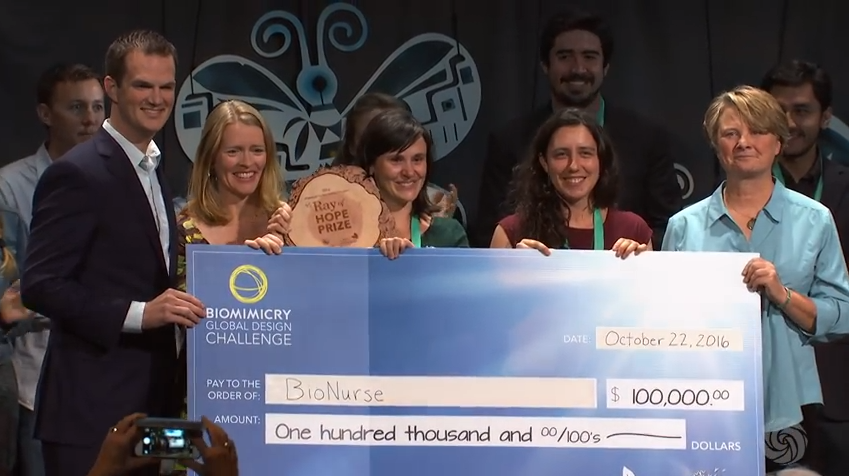
Team BioNurse receives their award!
In alphabetical order, the 2017 teams and their innovations are:
TEAM ANSA – (AUTONOMOUS NUTRIENT SUPPLY ALTERNATIVE)
Inspired by cyanobacteria and skunk cabbage, a team from UC San Diego have developed ANSA Technology, a suite of solutions designed to optimize hydroponic growing operations. ANSA is designed to reduce operating costs and solve nutrient balancing issues, providing an economical and sustainable way to provide healthy and organic food for populations with limited resources.
“In nature there is no waste. Waste becomes nutrients for other organisms to thrive … We’re trying to propel the (food) system into a closed-loop cycle” – Cameron Ravanbach, Team ANSA
TEAM B-ALL
Inspired by the protective functions of beetles and certain fruits, this Colombian team has created B-all, a sustainable, edible food packaging system, designed to protect food in the journey from producer to consumer. Their target market is people in disaster situations, who have no access to cooking fuel or nutritious food.
“I tell my students, this may sound silly, but if you listen to nature, nature will listen to you.” Maria Jose Leano, Team B-ALL
TEAM SHARE-EET
The Share-EET team, based in London, wants to shift attitudes about food waste using natural models as inspiration. Share-EET’s events are social experiments where customers share a meal while discussing the implications of their food order. Their (non)restaurant model will only thrive if customers make sustainable choices, demonstrating that personal choices have an impact on the larger community.
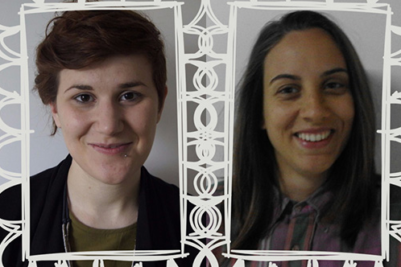
TEAM NEXLOOP
Nexloop designs biomimetic products and systems to collect and integrate in situ atmospheric water sources into sustainable and affordable urban food production. The design is a modular, scalable building envelope system for food production applications, such as greenhouses, indoor vertical farms, and container farms. The system combines multiple functions from champion species like spiders, ice plants, and mycorrhizal fungi, to capture, filter, store, and distribution water for food growing.
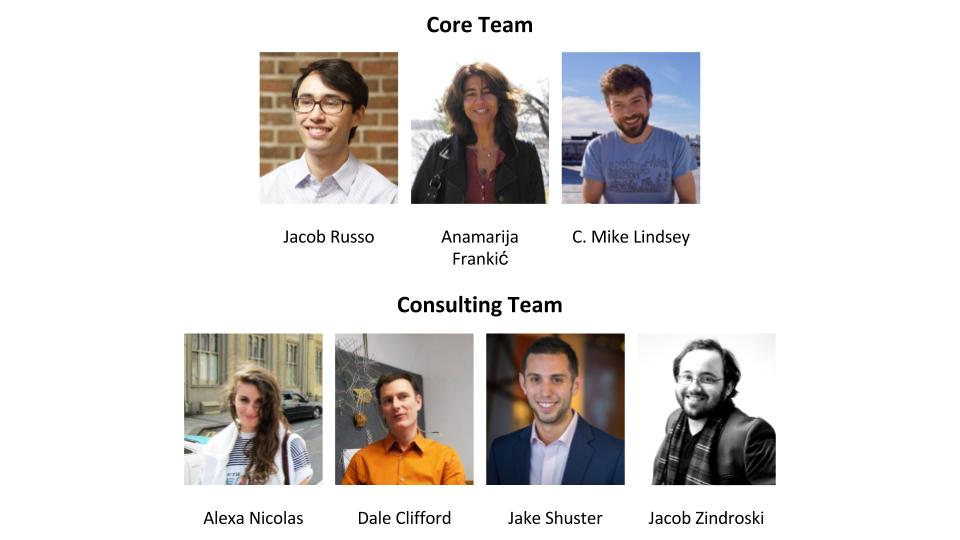

TEAM SLANT
A team from Chile has designed the Slant app that mimics the way ants communicate with each other both through one-on-one interactions and through pheromone trails. This app aims to reduce food waste by creating a platform for users to influence each other’s decisions regarding the quality of food.
TEAM WINDCHILL
Designed by students at the University of Calgary, this electricity-free cooling device is inspired by how mammals and insects regulate temperature. This alternate food preservation unit is designed to not require an electricity grid, to be significantly less expensive than modern refrigeration methods, and to be incorporated into low resource regions where it is most needed.
“The Biomimicry Institute doesn’t just bring ideas together, it’s bringing the world together too, and helping us all work as one.” Jorge Zapote, Team Windchill
With mollusks and micro-organisms as mentors, we look forward to seeing what sustainable innovations these nature-inspired pioneers bring to life (and to market). To learn more about our Biomimicry Global Design Challenge and the design process these teams have gone through to develop their innovations, watch our Biomimicry Bootcamp video:

